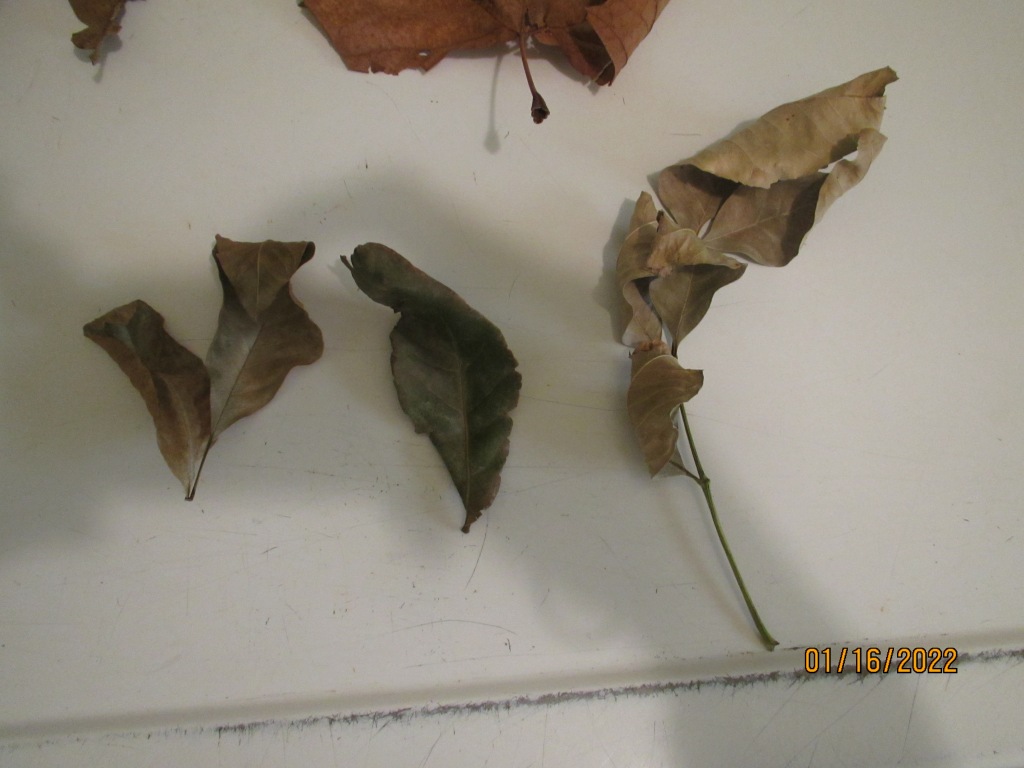by Carolyn Henderson
New trainees for the El Camino Real chapter Texas Master Naturalist learned about extensive programs being implemented by the Texas Parks and Wildlife Department with area ranchers to restore grazed land to its native state while still grazing cattle on it. A project in a neighboring county is being implemented by Tim Siegmund, the Private Lands Program Leader for TPWD-WL Division, with Jay Whiteside, TPWD Technical Guidance biologist District 5. They are several years into the 7-year plan, and the results are very positive in proving that native growth on rangeland and grazing cattle on it can be compatible and profitable. Below is a synopsis by Siegmund about the project.
The use of fire to concentrate cattle grazing has led to a recovery of the areas being rested from burning within the pastures. The cattle preferentially graze the freshly burned areas, and lightly or don’t graze at all the areas burned in previous years. This allows the plants to recover, make seed, and persist over the long term in a constant burn, graze, rest cycle. This can lead to better carbon and nitrogen cycling as a result of thatch incorporation into the soil and concentration of animal waste, increased water infiltration as healthy roots grow and rot in place creating pathways for water infiltration, and increased plant and animal diversity as there are a host of niches being created by short and tall vegetation as well as annual, biennial, and perennial plant species. Patch burn grazing can be a great tool to promote livestock production, plant diversity, and wildlife diversity. —- Tim Siegmund





Photo 1 shows the short, grazed grass and the diverse wildflower community not being grazed by the cattle, average grass height was less than 2 inches.
Photo 2 is a picture of a yard stick showing the amount of ground cover now blanketing the ground after 2 full years post burn.
Photo 3 is a picture with Siegmund and assistants in it conducting the vegetation sampling monitoring the changes over time.
Photo 4 shows the year of burn and the annual plant community dominated area as the fire and subsequent regrowth of grass has concentrated the cattle in this area.
Photo 5 is a picture of Jay Whiteside and an intern showing what 2 years of rest looks like by burning other portions of the pasture to focus grazing pressure elsewhere. In 2019, grass height is approximately 20 inches.
By the way, a recording of this session can be found on our website.






















